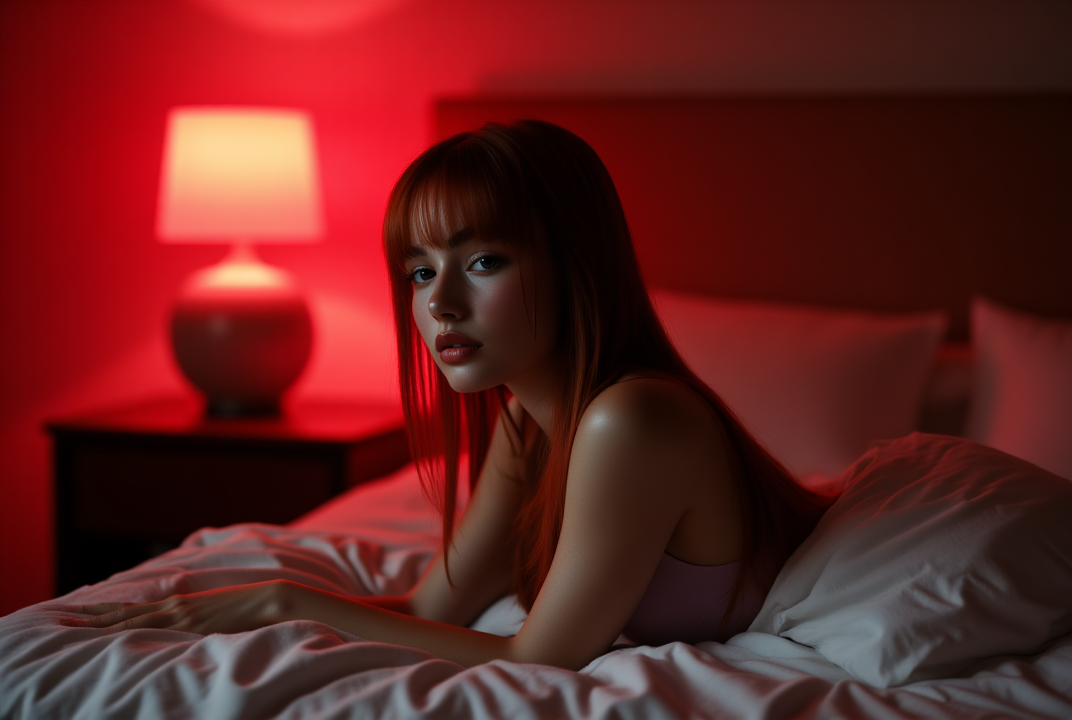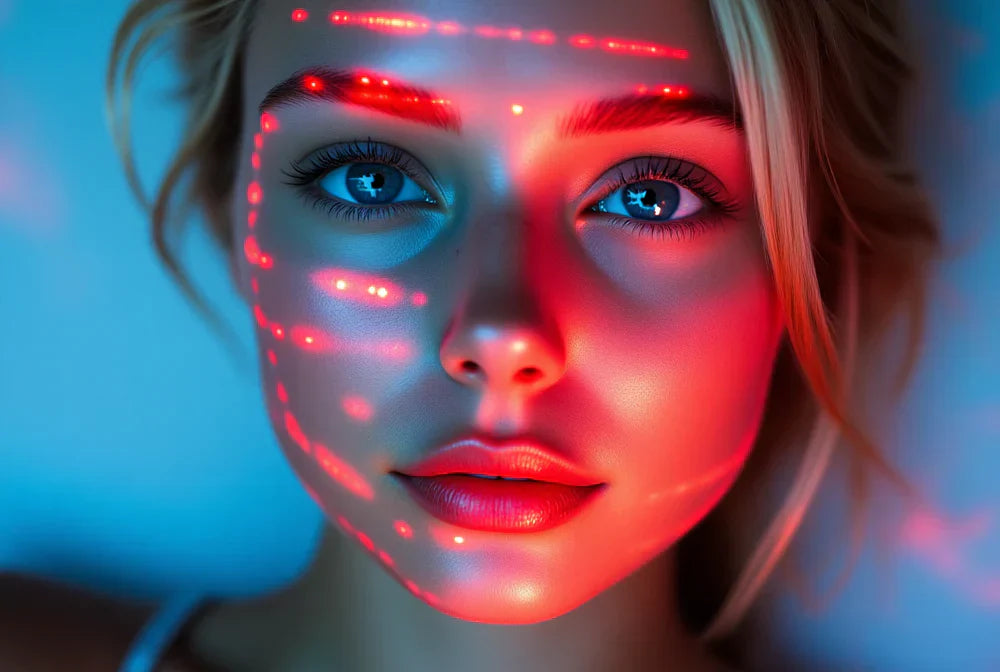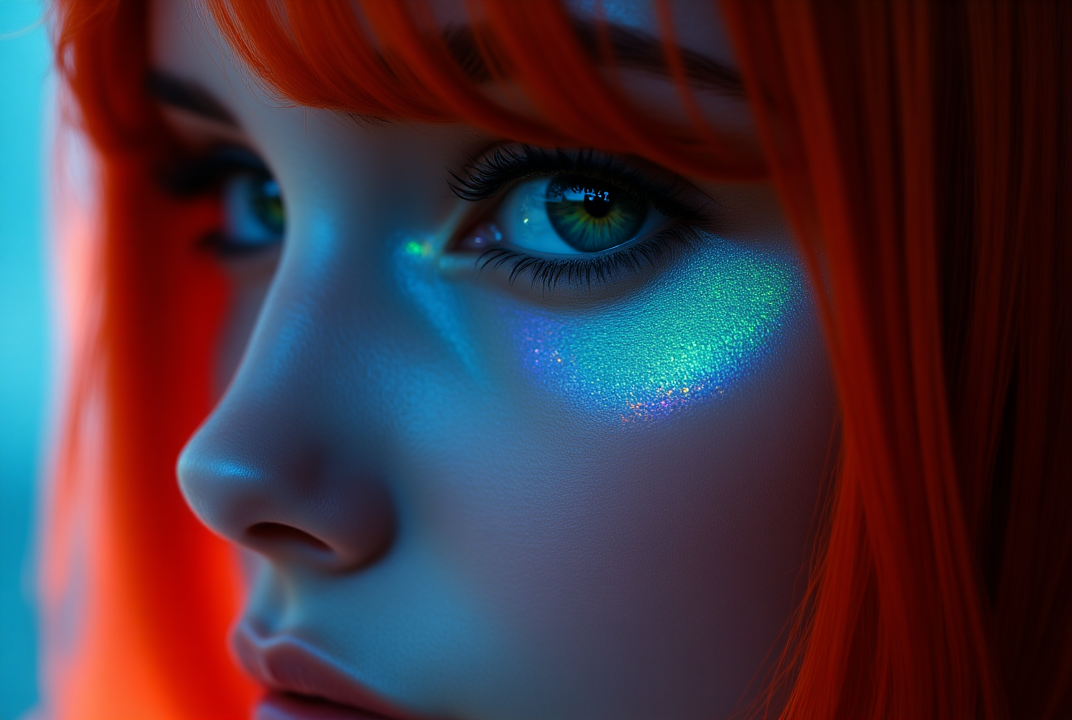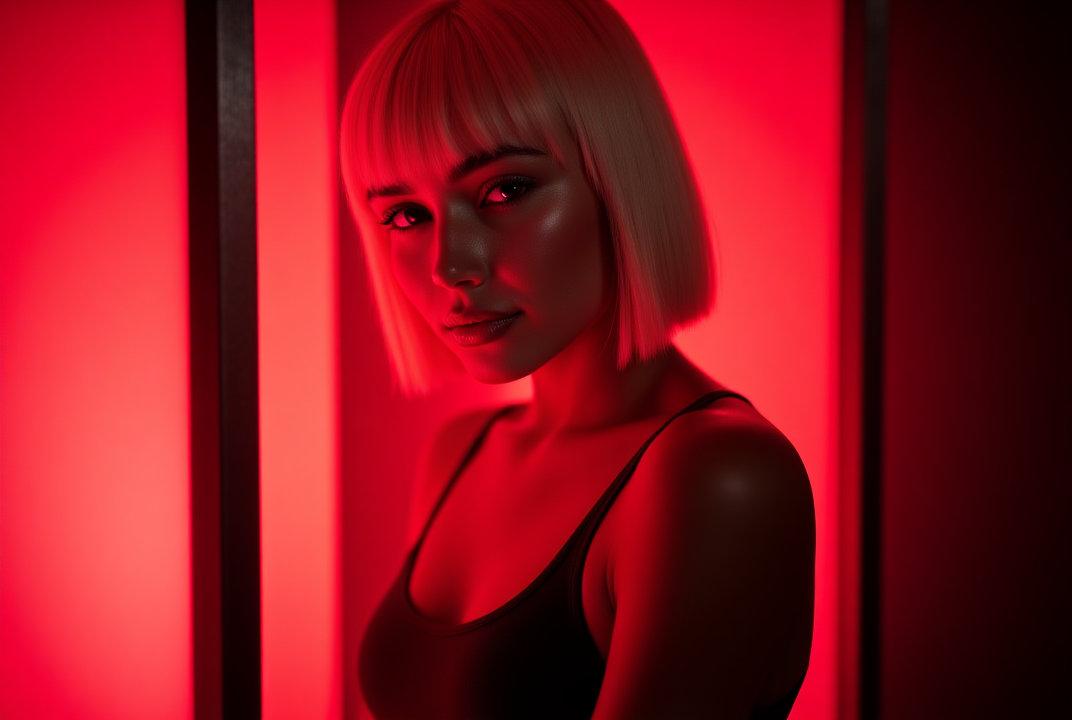For those who struggle with sleep, the solution may lie in an unexpected place: the color of light in your bedroom. As we navigate the complexities of modern life, understanding how different hues influence our sleep patterns can be a game-changer. This article offers an exploration of the best light colors for sleep, empowering you with the knowledge to optimize your sleep environment. Whether you're a night owl, a shift worker, or simply someone seeking better rest, learn how to use light to your advantage for a more peaceful night's sleep.
Why Does The Color Of Light Affect Sleep?
The color of light significantly influences sleep because it interacts with our circadian rhythms, the natural internal processes that regulate the sleep-wake cycle. Blue light, commonly emitted by electronic devices and certain lighting, suppresses the production of melatonin, the hormone responsible for inducing sleepiness, thereby disrupting our ability to fall asleep. Conversely, warmer hues like red or amber have minimal impact on melatonin levels, making them more conducive to relaxation and sleep. By understanding and manipulating the color of light in our environments, we can align our biological clocks more effectively, promoting better sleep quality and overall well-being.
What Are The Worst Light Colors For Sleep?
- Blue Light: Predominantly emitted by screens and LED lights, blue light is notorious for suppressing melatonin production, making it difficult to fall asleep and maintain a restful state.
- White Light: Often found in standard household lighting, white light contains a significant amount of blue wavelengths, which can interfere with the natural sleep cycle and delay the onset of sleep.
- Green Light: Although less disruptive than blue light, green light still affects melatonin production and can shift circadian rhythms, leading to potential sleep disturbances.
- Cool White LED: These lights emit a high intensity of blue wavelengths, which can be particularly disruptive to sleep patterns, especially when used in the evening or at night.
- Bright Fluorescent Light: Common in office and commercial settings, fluorescent lights can emit a harsh, bright light that disrupts the body's natural sleep signals, making it harder to wind down and prepare for sleep.
What Color Light Is Best For Sleep?
Red light is considered the best color for sleep because it has the least impact on melatonin production, allowing the body to maintain its natural sleep-wake cycle. Unlike blue or white light, red light does not interfere with the circadian rhythms, making it an ideal choice for evening and nighttime use. Its soothing, warm hue promotes relaxation and helps signal to the body that it is time to wind down, facilitating a smoother transition into restful sleep. Red light therapy devices can further enhance sleep quality by supporting subcellular melatonin production, making them a valuable tool for those seeking to optimize their sleep environment naturally.
Can Warm-Toned Lights Like Orange, Amber, or Pink Lights Also Improve Sleep?
Warm-toned lights such as orange, amber, and pink can indeed improve sleep by creating a calming and soothing environment that supports the body's natural circadian rhythms. These colors have limited effect on melatonin generation since they emit less blue light, which lets the body better get ready for sleep. These lights' soft, warm glow can indicate to the brain when it's time to unwind, therefore fostering peace and lessening the change into sleep. Warm-toned lighting will help you to create a sleep-friendly environment that improves restfulness and general sleep quality in your nighttime ritual.
Color Temperature Chart
|
Color |
Temperature (Kelvin) |
Sleep Impact |
|
Blue Light |
500K - 650K |
Bad for Sleep |
|
White Light |
400K - 500K |
Bad for Sleep |
|
Green Light |
500K - 550K |
Bad for Sleep |
|
Cool White LED |
400K - 500K |
Bad for Sleep |
|
Bright Fluorescent Light |
500K - 650K |
Bad for Sleep |
|
Amber Light |
180K - 220K |
Good for Sleep |
|
100K - 200K |
Good for Sleep |
|
|
Orange Light |
200K - 270K |
Good for Sleep |
|
Pink Light |
200K - 300K |
Good for Sleep |
This chart provides a quick reference to understand how different light colors and their temperatures can impact sleep quality. Cooler, higher temperature lights tend to disrupt sleep, while warmer, lower temperature lights are more conducive to restful sleep.
Is Green Light Worse Than Blue Light For Sleep?
Both green light and blue light are detrimental to sleep, though blue light is generally considered more disruptive. Blue light, prevalent in electronic screens and LED lighting, significantly suppresses melatonin production, which is crucial for initiating sleep. This disruption can lead to difficulties in falling asleep and maintaining a restful state. Green light, while less impactful than blue, still affects melatonin levels and can shift circadian rhythms, leading to potential sleep disturbances. Both colors can interfere with the body's natural sleep-wake cycle, making it essential to minimize exposure to these lights, especially in the evening, to promote better sleep quality.
What Color Light Do Night Lights Use?
Night lights typically use warm-toned colors such as red, amber, or orange, which are chosen for their minimal impact on melatonin production and their ability to promote a calming atmosphere conducive to sleep. Perfect for evening use, these colors are less likely to throw off the body's natural circadian rhythms than blue or white lights. Warm-toned night lights help to preserve a peaceful environment by giving just enough illumination to comfortably negotiate a room without triggering notable sleep disruptions. This careful color selection guarantees that night lights fulfill their function without sacrificing the quality of sleep, so they are a useful addition to any room fit for sleeping.
Sleep Quality Tips
Establish a Consistent Sleep Schedule
Going to bed and waking up at the same time every day helps regulate your body's internal clock, making it easier to fall asleep and wake up naturally. Consistency reinforces your sleep-wake cycle, leading to improved sleep quality and increased daytime alertness.
Create a Relaxing Bedtime Routine
Engage in calming activities such as reading, meditating, or taking a warm bath before bed to signal to your body that it's time to wind down. Incorporating these soothing practices can reduce stress and anxiety, paving the way for a more restful night's sleep.
Optimize Your Sleep Environment
Ensure your bedroom is conducive to sleep by keeping it cool, dark, and quiet. Consider using blackout curtains, earplugs, or a white noise machine to enhance your sleep environment. A well-optimized sleep space minimizes disruptions and promotes deeper, uninterrupted sleep.
Limit Exposure to Screens Before Bed
Reduce exposure to blue light from phones, tablets, and computers at least an hour before bedtime to prevent interference with melatonin production and sleep onset. Instead, opt for activities that relax your mind and body, helping you transition smoothly into sleep.
Incorporate Red Light Therapy
Use red light therapy devices to support melatonin production and reduce inflammation, creating an optimal environment for restful sleep and improved overall sleep quality. This natural approach not only aids in sleep but also enhances overall health and well-being.
Conclusion
In conclusion, understanding the impact of light color on sleep quality empowers us to make informed choices that enhance our nightly rest and overall well-being. By prioritizing warm-toned lights like red, amber, and orange, we can create a sleep-friendly environment that aligns with our natural circadian rhythms, promoting relaxation and deeper sleep. Incorporating strategies such as maintaining a consistent sleep schedule, optimizing the sleep environment, and utilizing red light therapy can further improve sleep quality. As we embrace these insights, we pave the way for more restorative nights and energized days, ultimately fostering a healthier and more balanced lifestyle.
Final Thoughts
Wondering how to enhance your sleep quality with innovative lighting solutions? Discover EMR-TEK, where thoughtfully designed products integrate seamlessly into your lifestyle. Whether you need a portable device for on-the-go convenience or a comprehensive system for home or professional use, EMR-TEK provides the perfect solution. Their expertly crafted blue light glasses are essential for reducing eye strain and protecting your vision. Additionally, explore their range of red light therapy products to embark on your journey towards healthier, more radiant skin today.
Sources
- https://eyesafe.com/bluelight/
- https://www.thespruce.com/understanding-warm-and-cool-colors-1976480
- https://www.health.harvard.edu/staying-healthy/blue-light-has-a-dark-side
Disclaimer:* EMR-TEK’s red infrared light therapy devices, blue light blocking glasses, and other products are intended solely for personal wellness and fitness use. They are not designed to diagnose, treat, cure, or prevent any disease and should not be considered medical devices. We do not make any therapeutic claims. Our products align with the FDA’s “General Wellness: Policy on Low Risk Devices” guidelines and do not require FDA clearance. Please note, EMR-TEK’s products are for personal use only and not for commercial application.*




Share:
How To Turn Off Blue Light On iPhone: Step-by-Step
How Long Does Eye Strain Last: Key Facts